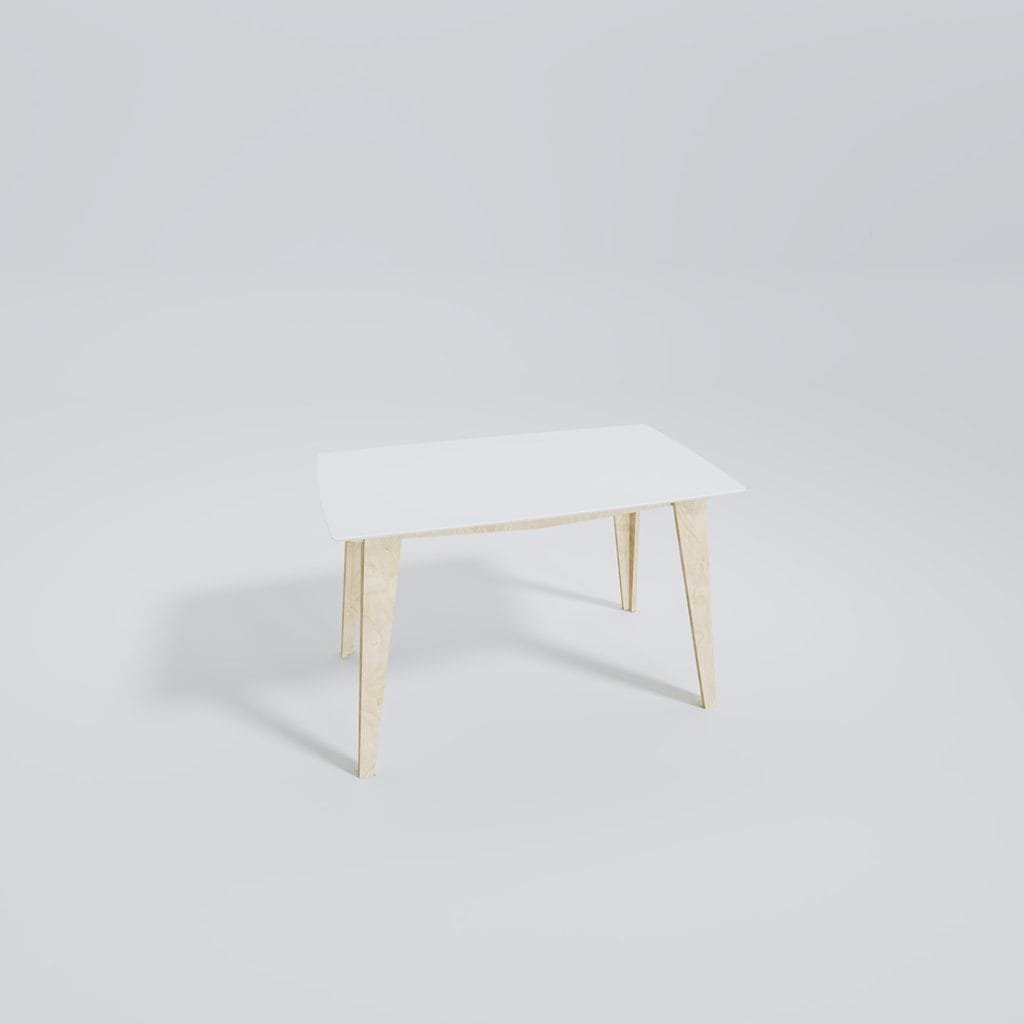- Creative Models

Antlers

Deer

Moose

Bull

Free-Standing Shelves

Deer

Moose

Wolf

Unicorn

Dinosaur

Outdoor Decoration

Horse

Deer

Free-Standing Decoration

Bull Terrier

Gadgets

Basket
- Classic Models

Chairs

Chair

Stool

Bar Stool

Stool

Tables

Coffe Table

Table

Extras

Hanger
- Zero Waste
- Gallery
- Collaboration
- Samples & Materials
- Become a Wholesaler
- Where to Buy
- About Us
- Contact Us
